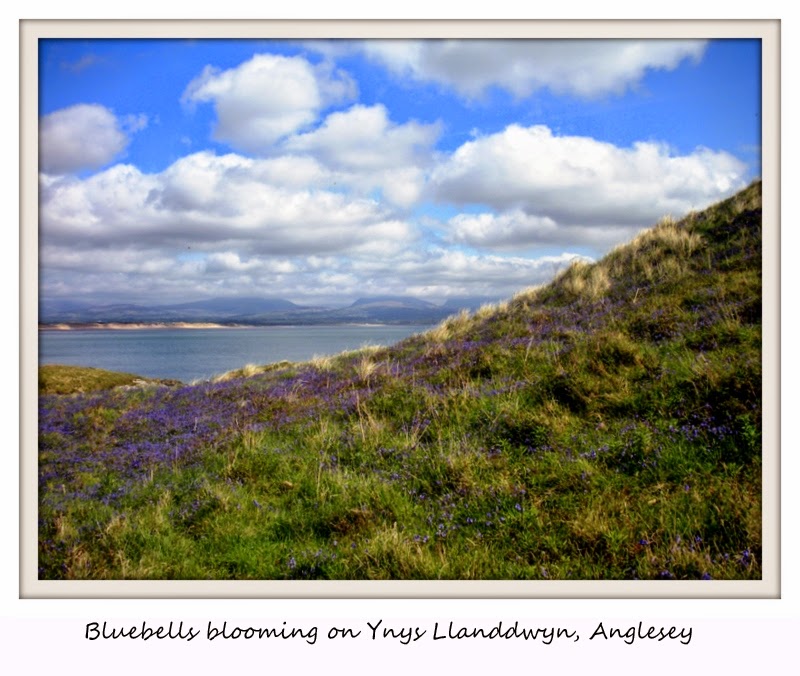 Now they reached Melangell’s lonely church:
Now they reached Melangell’s lonely church:Amid a grove of evergreens it stood,
A garden and a grove,
where every grave
Was decked with flowers,
or with unfading plants
O’ergrown,—sad rue
and funeral rosemary.
~Robert Southey
May 27 is the fest of St. Melangell. Despite her popularity in Wales where her story has inspired countless poets, the tale of Melangell and her hare isn't widely known in the rest of the world. Born in Ireland of royal parentage, like so many of the women Celtic saints of her era she fled her homeland to escape an arranged marriage and ended up in a secluded valley nestled in the Berwyn mountains where she spent fifteen years living and praying among the creatures of the forest and field and avoiding human contact.
One day as she was deep in prayer, she heard the distant horns of a hunter and soon a frightened hare, pursued by a pack of hounds, ran into the clearing and under Melangell's skirt, seeking shelter. Rather than attacking Melangell in order to get to their prey, the hounds were brought up short, stopped by a force field of holiness that emanated from her. Soon the owner of the dogs, the prince of Powys, rode up on his steed, furious that a
trespasser interrupted his hunt. Brochwell tried to encourage his dogs to go for the hare, but when he blew his hunting horn, it stuck to his lips and didn't make a sound. After hearing Melangell's story, Brochwell asked her if she'd be willing to accept the surrounding land as a gift and establish an abbey that would offer sanctuary to all who needed it. Melangell agreed and spent the rest of her long life offering shelter and hospitality to those in need.
In latter years the church and Melangell's shrine fell into disrepair. The church and shrine were restored in the 1990s and the St. Melangell Centre was established to offer pastoral support for cancer patients and their loved ones. In 2003 the Centre expanded their ministry to offer sanctuary to anyone in need by providing space and resources for quiet days, retreats, and educational programs.








